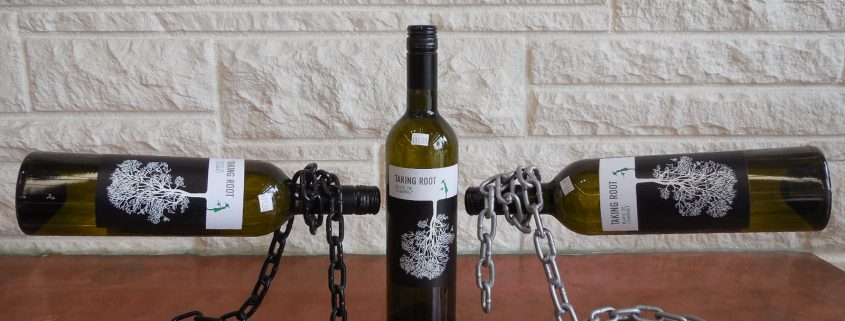Wine writers call wines like Black Ops by Hugh Hamilton a “rare red blend.” I would call it an “extremely rare red blend.” It is just luscious – deep, inky color paired with unmistakable notes of wild blueberries, dark blackberries, juicy red cherries and a slightly elusive savory/wild herb / ripe fruit note that soaks into every taste bud and makes your shoulders relax.
This wine is made of the unusual blend of Shiraz, Saperavi and Nero d’Avola. Shiraz, a mainstay of McLaren Vale, is the iconic grape of meaty, mighty and most especially tasty Australian wines. It is the same grape that is used in Rhône wines, notably Hermitage, Chateauneuf-du-Pape, and Cornas, which is the only French wine made with 100% Syrah. The primary distinction between Shiraz and Syrah is stylistic. Most Australian Shiraz tends to have a riper, fruitier, more concentrated set of flavors, whereas the cooler climate Syrahs of the Rhône Valley in Southern France, then to be a bit more savory, a bit more structured and a bit more peppery. The trend these days in Australia is that Shiraz is planted in cooler microclimates and is producing a more restrained type of wine, closer in character to the Syrahs of France, while the French are dealing with warmer, longer summers and are producing much more alcoholic, powerful wines than in the past. But despite this climatic convergence, they are still very distinct.
To add to this distinction, Hugh Hamilton has lived up to his Black Sheep logo by introducing an extraordinary grape to Australia called Saperavi. It is an ancient grape variety from the Republic of Georgia. In my mind, it evokes romantic images of farmers thousands of years ago, plucking grapes by hand, stomping the grapes in celebratory fashion with their families, fermenting that must in clay amphorae and drinking it with joy at every hearty meal. It is a grape that deserves this image. It brings to this wine a sort of wild, gamey nature that the buttoned-down varieties of Western Europe lack. It is a teinturier grape, that rare grape whose flesh, not just the skin, has color. And it is known for its depth, acidity, and full body.
Another bold move was to blend in Nero d’Avola. Again, this is an ancient variety that has found its home in the southern parts of Sicily. Like its happy compatriots, it is a dark, full-bodied wine that exhibits bright cherry notes that when oak-aged, can become plummy and juicy.
Together, these three varieties make Black Ops a truly exceptional wine. It is fruity and fragrant while still being structured and powerful. The wine starts strong with aromas of black currants, plums and cherries and fills your mid-palate with wonderful roundness and the complexity of pepper, dark chocolate and a small hint of herbs that seems ingrained in Australian terroir. The mellow tannins are more textural than grippy, rolling over your tongue with very pleasing sensations. It finishes with a long, slow slide of lingering fruits and tobacco and perhaps a hint of smoke.
You’d be a fool to pass up this wine at $19.99 a bottle!!!!
Your wine expert, Seema

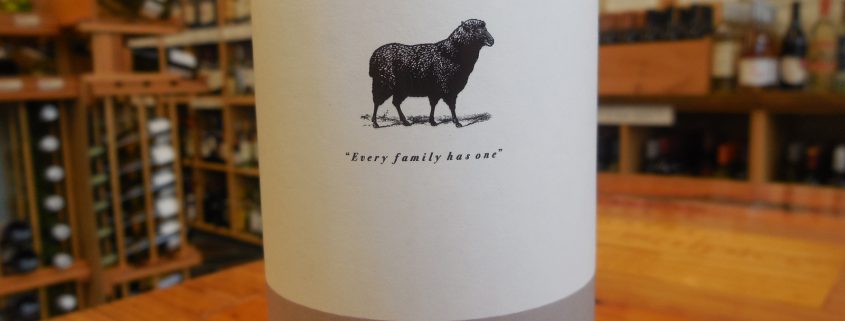
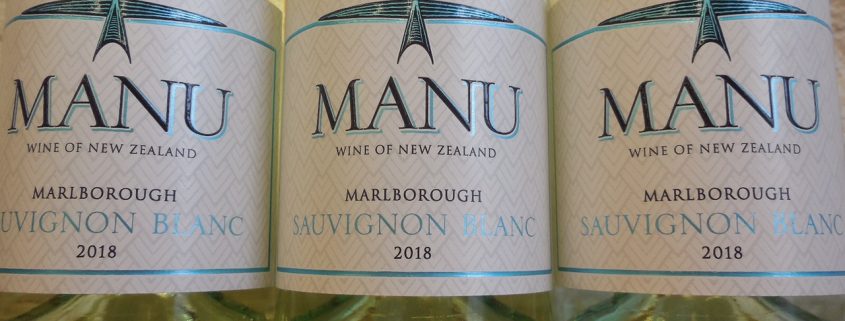
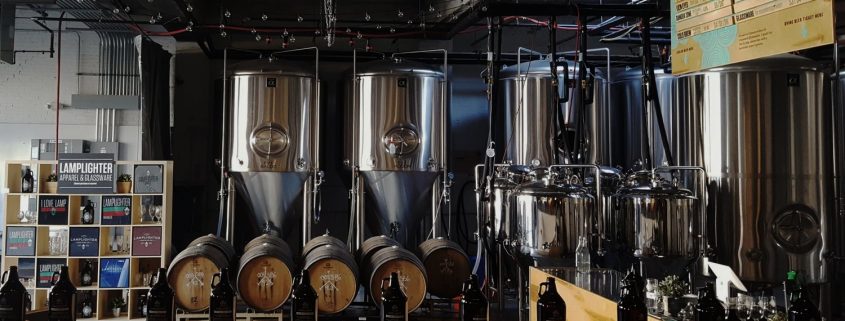
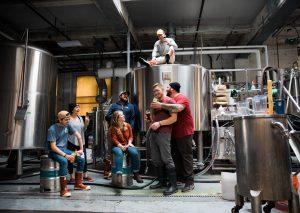 The team at Lamplighter is an energetic mix of different backgrounds in education and expertise who all share a strong passion for producing delicious beer. This team makes for a very fun, welcoming environment from the minute you enter the brewery. The space has a very modern, industrial look to it. From the exposed pipes to the classic Boston brick work, this brewery is a neighborhood favorite.
The team at Lamplighter is an energetic mix of different backgrounds in education and expertise who all share a strong passion for producing delicious beer. This team makes for a very fun, welcoming environment from the minute you enter the brewery. The space has a very modern, industrial look to it. From the exposed pipes to the classic Boston brick work, this brewery is a neighborhood favorite.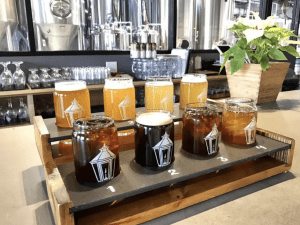 malts leave each sip soft and approachable.
malts leave each sip soft and approachable.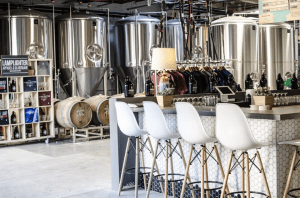 Theory has a lovely, dry finish as a result of the fermentation of its simple sugars. It takes its name from a central concept of abstract algebra, which pays homage to both the math background of one of their co-founders, and to their brewery name (a small math reference itself).
Theory has a lovely, dry finish as a result of the fermentation of its simple sugars. It takes its name from a central concept of abstract algebra, which pays homage to both the math background of one of their co-founders, and to their brewery name (a small math reference itself).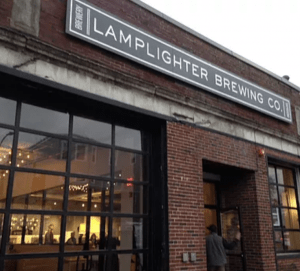 Find something you’d like to try? No surprise there! Lamplighter Brewing Co. has something for everyone! Make sure to stop into Mystic Wine Shoppe to pick up one of their brews on the go. If you need another excuse to try them, they hold trivia nights every Tuesday from 8pm – 10pm. Check their website for more upcoming events! With all the options they have to offer, the fun, funky environment, and the amazing location, make Lamplighter your next brewery must-see and the next pack you pick up from us!
Find something you’d like to try? No surprise there! Lamplighter Brewing Co. has something for everyone! Make sure to stop into Mystic Wine Shoppe to pick up one of their brews on the go. If you need another excuse to try them, they hold trivia nights every Tuesday from 8pm – 10pm. Check their website for more upcoming events! With all the options they have to offer, the fun, funky environment, and the amazing location, make Lamplighter your next brewery must-see and the next pack you pick up from us!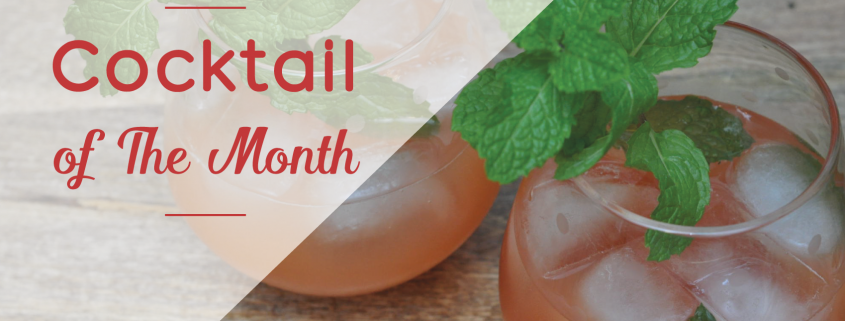
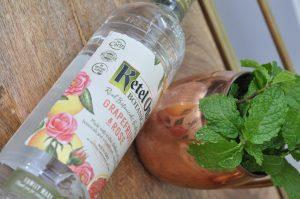
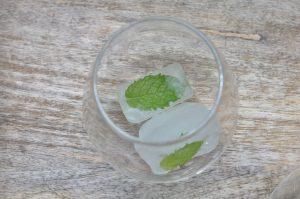
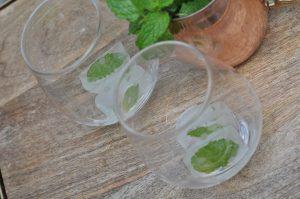
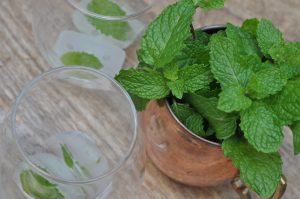
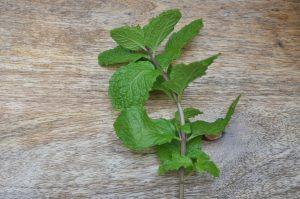
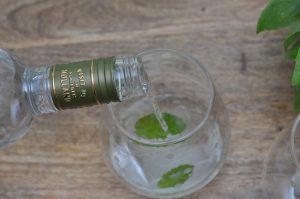
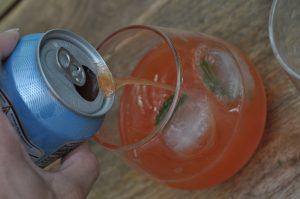
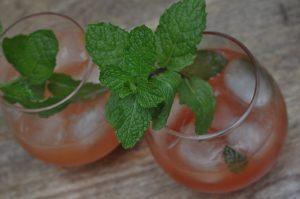
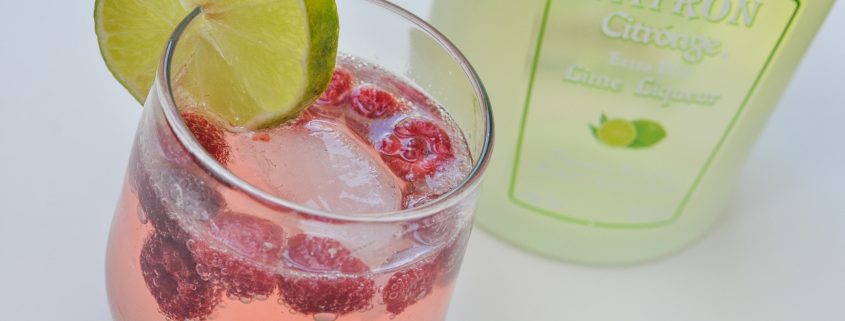
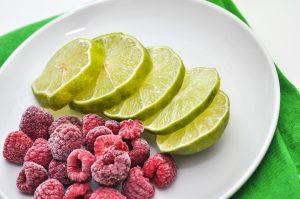
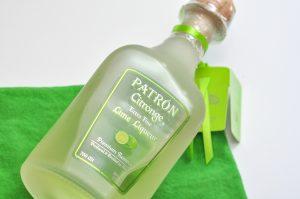
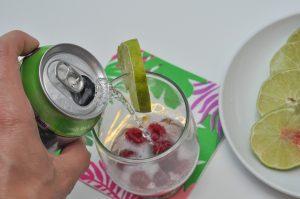
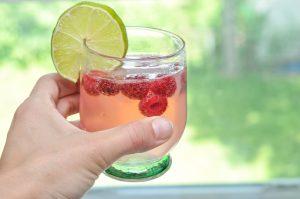
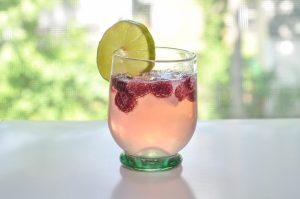
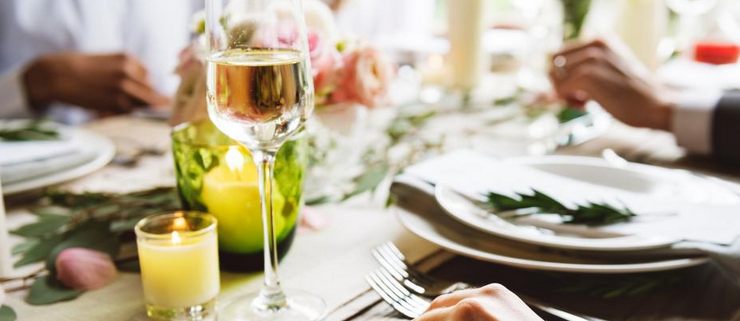
 Soave Classico is the heart of great wines made with the Garganega grape. It is in the extremely picturesque part of the Veneto that is just east of the gorgeous Lake Garda. The valleys are lush and beautiful dotted with castles and modern buildings alike. Rocca Sveva is made by the cooperative winery, the Cantina Di Soave, which having been established in 1898, is celebrating its 120th anniversary this year. They use high-technology to analyze soils and ensure the quality of the grapes supplied by their growers as well the latest techniques to ensure quality but make wines that are extremely traditional and hark back to their origins.
Soave Classico is the heart of great wines made with the Garganega grape. It is in the extremely picturesque part of the Veneto that is just east of the gorgeous Lake Garda. The valleys are lush and beautiful dotted with castles and modern buildings alike. Rocca Sveva is made by the cooperative winery, the Cantina Di Soave, which having been established in 1898, is celebrating its 120th anniversary this year. They use high-technology to analyze soils and ensure the quality of the grapes supplied by their growers as well the latest techniques to ensure quality but make wines that are extremely traditional and hark back to their origins.